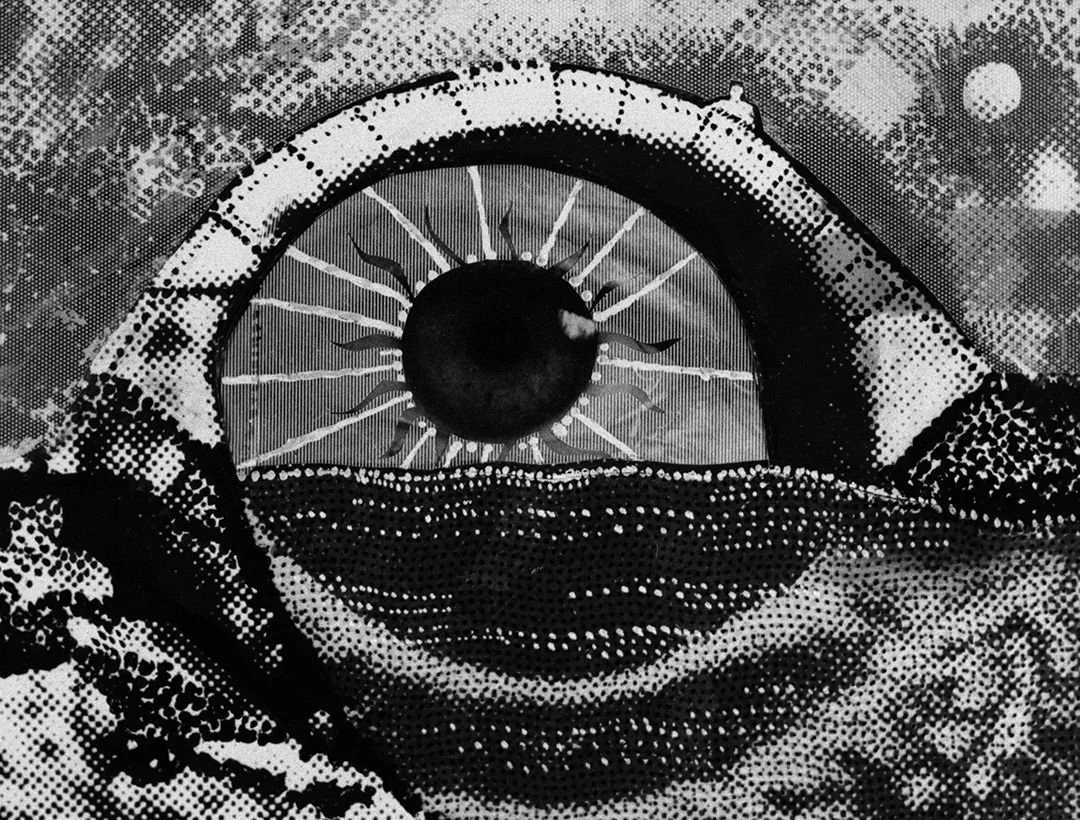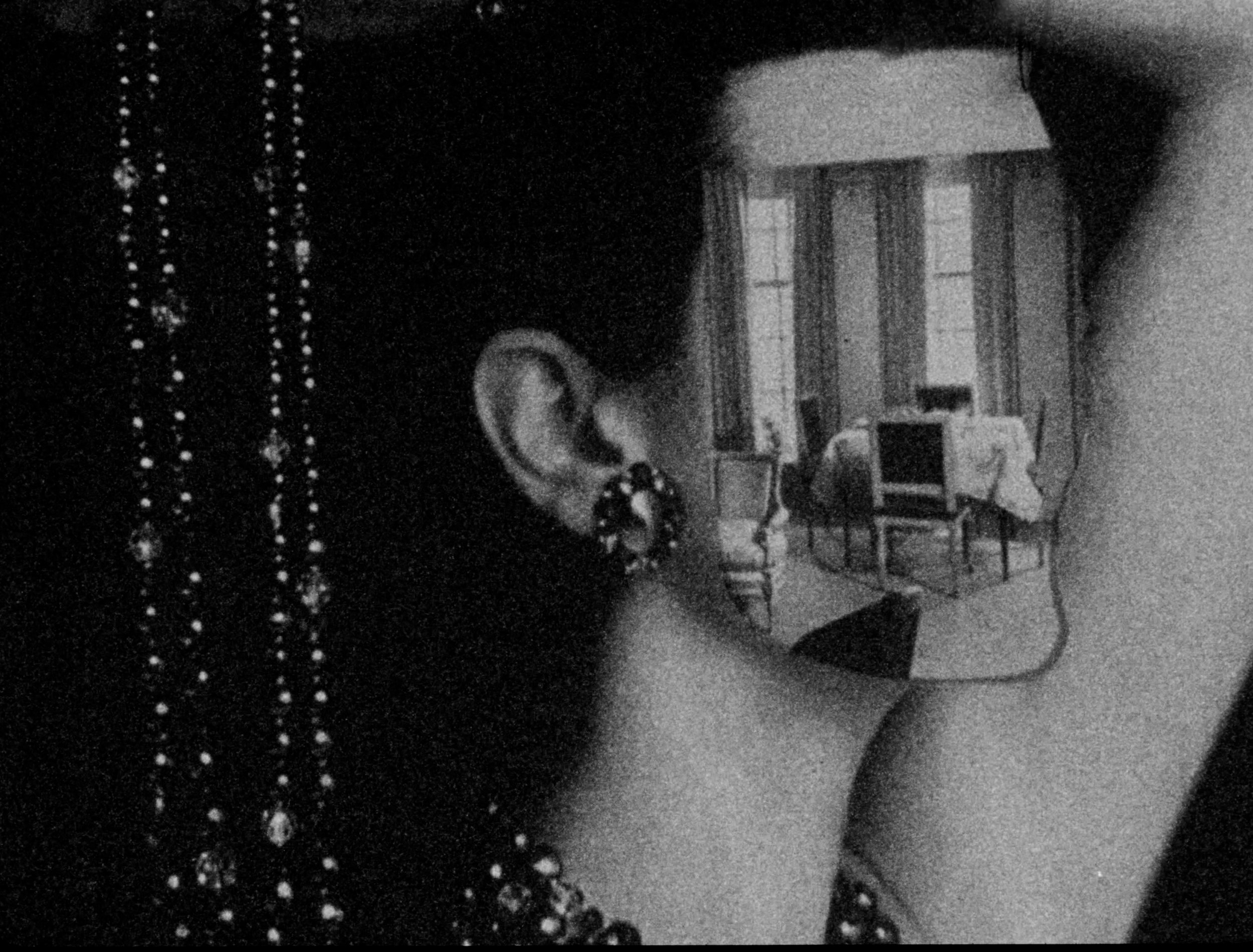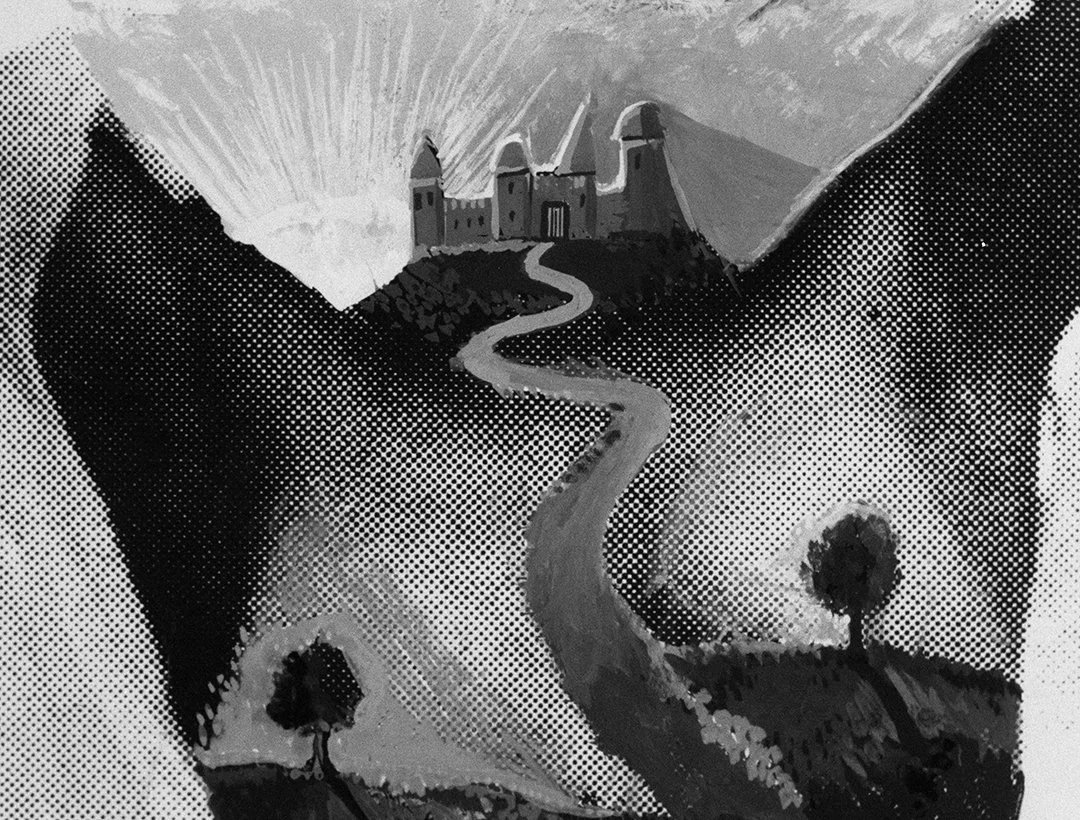Stan VanDerBeek | See Saw Seems
© Stan VanDerBeek
Written by Nicole Miller
Magenta Plains presents the experimental cinema of the prolific Stan VanDerBeek in See Saw Seems. This exhibition features three of VanDerBeek’s radical collage animation films of the early 1960s, A La Mode (1960), Breathdeath (1963), and See Saw Seems (1965). VanDerBeek employs newspapers, magazines, and found footage, intermixing media to assemble animations in a collage format. Through surrealist techniques, he juxtaposes otherwise unrelated images to unsuspecting audiences, showcasing the power of the fusion of new technology and the unconscious mind. VanDerBeek investigates what he calls the art of seeing, challenging what constitutes reality, and exposing the ironies and illusions in motion pictures and our firmly established societal expectations.
VanDerBeek reminds his audience that a film comprises “still” pictures; therefore, a moving image only appears in motion, playing with the laws of sight. He further engages with irony by satirizing femininity in A La Mode, challenging traditional gender roles through a montage of idealized images of the female form.
© Stan VanDerBeek
In the film still above, an elegant room with a small table and long drapes is collaged over a woman’s face. Opulent jewelry hangs on her neck and ears as she poses fashionably, her arm curved above her head. Although her facial features are obscured, her regal stance and expensive gems prompt the audience to assume she adheres to 1960s beauty standards. VanDerBeek chooses not to reveal her emotions as they are not what the public is encouraged to analyze. We do not dwell on what expression lies under the stylish room. By likening her face to furniture, VanDerBeek comments on women as commodities, emphasizing the pervasiveness of the objectification of the female form within pop culture.
Breathdeath examines life and death through a darkly comedic lens, featuring skeletons, explosions, and comedian, Harpo Marx, playing the harp on a battlefield. Questions emerge from this surrealistic world and are complicated by the frantic speed at which the images cut across the screen. The audience becomes overwhelmed by the onset of content, and a sense of anxiety is produced as death is portrayed as comical. The plot's disjointedness and the clips' absurdity allow VanDerBeek to express how lightly humankind can take the weighty topic of death. The destructive actions of our governments, who often justify violence, counter our notions of death as distant and unavoidable.
© Stan VanDerBeek
© Stan VanDerBeek
© Stan VanDerBeek
VanDerBeek’s experimental film, See Saw Seems, escalates the mystical elements of his animation, creating a dreamlike atmosphere that investigates the boundaries of sight, memory, and illusion. As seen in the film above, a scene may appear like a simple castle on a hill. However, looking deeper, we may observe that the hills and trees produce an abstraction of the female form. VanDerBeek explores how our observations transform throughout the viewing and urges his audience to develop new conclusions, highlighting the ever-changing nature of perception. By making sense of reality with illusion through his experimental films, VanDerBeek advanced the avant-garde landscape of the twentieth century.












